Imagine a hedgerow boundary that is rich in wild flavours, alive with spring blossom, peppered with autumn colour and a feast for foraging from fat hips to intense berries and wild-tasting apples. A good edible hedgerow provides flavours you truly can’t buy in the shops and offers a wealth of preserving opportunities. Head to our piece on hedgerow cultivation for more on how to care for your hedgerow.
Below are a selection of edible trees and shrubs suitable for hedgerows. A mixed deciduous informal hedgerow that can be foraged for its edible offerings. This sort of hedgerow has many uses, it benefits wildlife year-round, offering nectar, pollen, fruit, shelter and nest habitats. It can be used to create a shelter belt to minimise wind or screen out unsightly views and lastly, but by no means not least, it offers seasonal foraging. Most of the plants shown are native to Europe, many to the UK. Size varies between small shrubs that measure less than a metre to trees of more than 10m. Suitable for a wide range of conditions and soils and all are fully hardy, with a hardiness rating of RHS H6-H7, and and are suitable for gardens in USDA zones 4a-9b.
Here's our guide to garden foraging
You may also like
Prunus spinosa
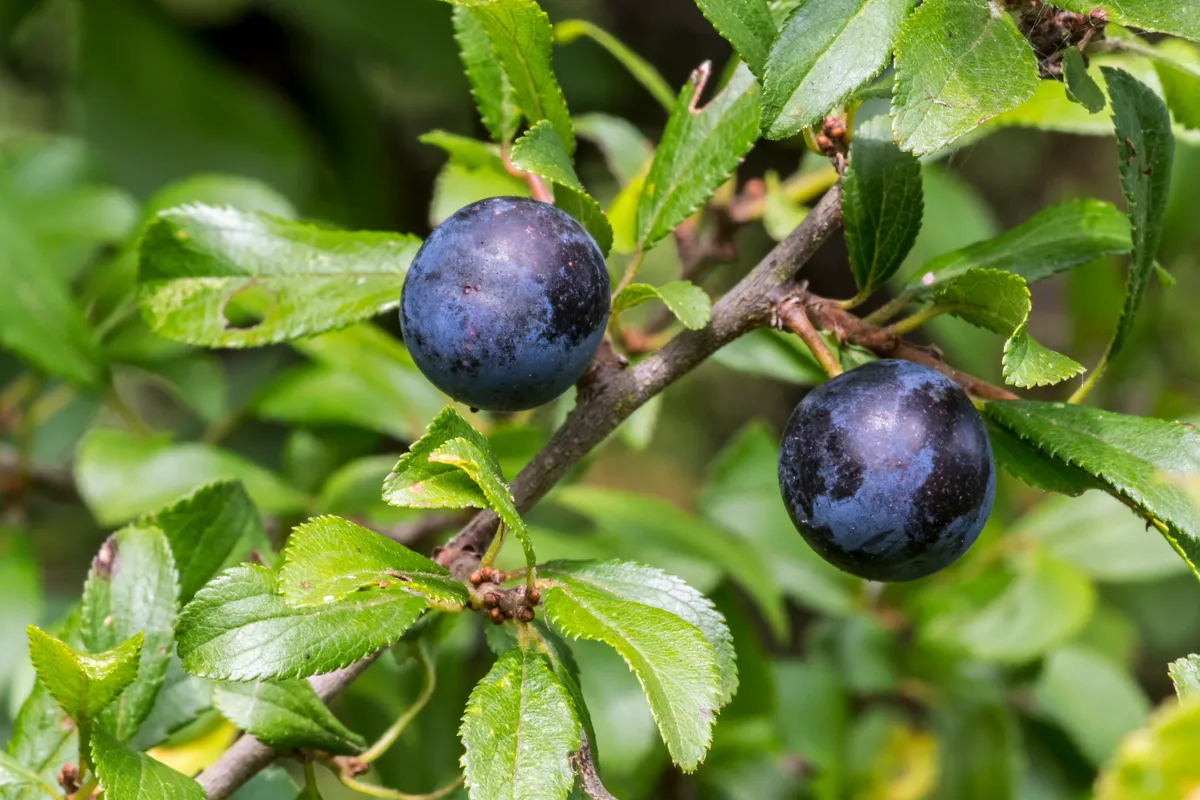
Also known as blackthorn or sloe, its prickly stems make an excellent stock-proof barrier for any hedgerow. Five-petalled white flowers in spring are followed by blue-black fruits in autumn. Use three plants per metre for a single row, or five per metre for staggered double hedgerow. 3.5m. RHS H7†.
Pyrus communis
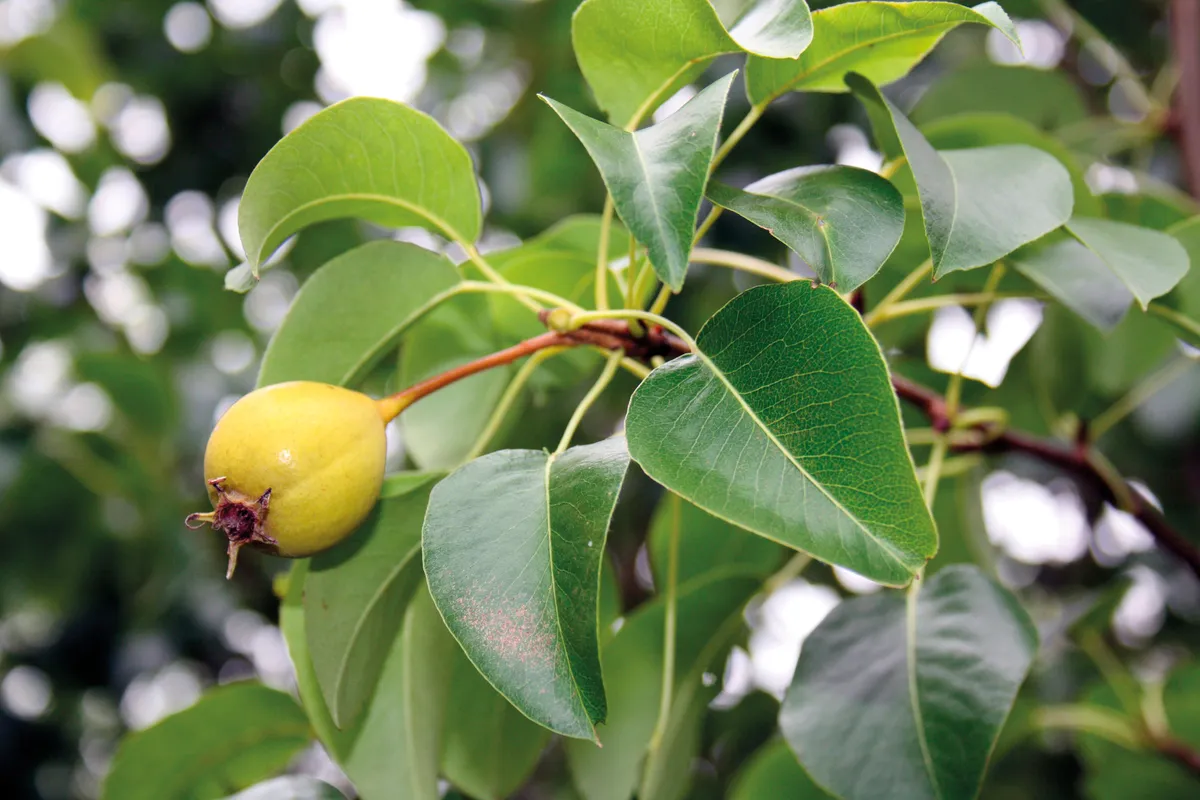
The wild pear flowers heavily in April, has glossy green leaves in summer, orange and gold foliage in autumn and produces tiny, but sweet pears that are perfect for jam. It also truly doesn’t mind being clipped into a hedgerow. Three plants per metre, 33cm apart. 9m. RHS H6, usda 4a-8b.
Corylus avellana

The hazelnut is a cheap and effective way to bulk out a hedgerow. It’s extremely fast growing, and also very tolerant of a wide range of soils and shade tolerant. Two to three per metre for a single row, five per metre for staggered, double hedgerows, 40cm apart. 3-6m. RHS H6, usda 4a-8b.
Hippophae rhamnoides
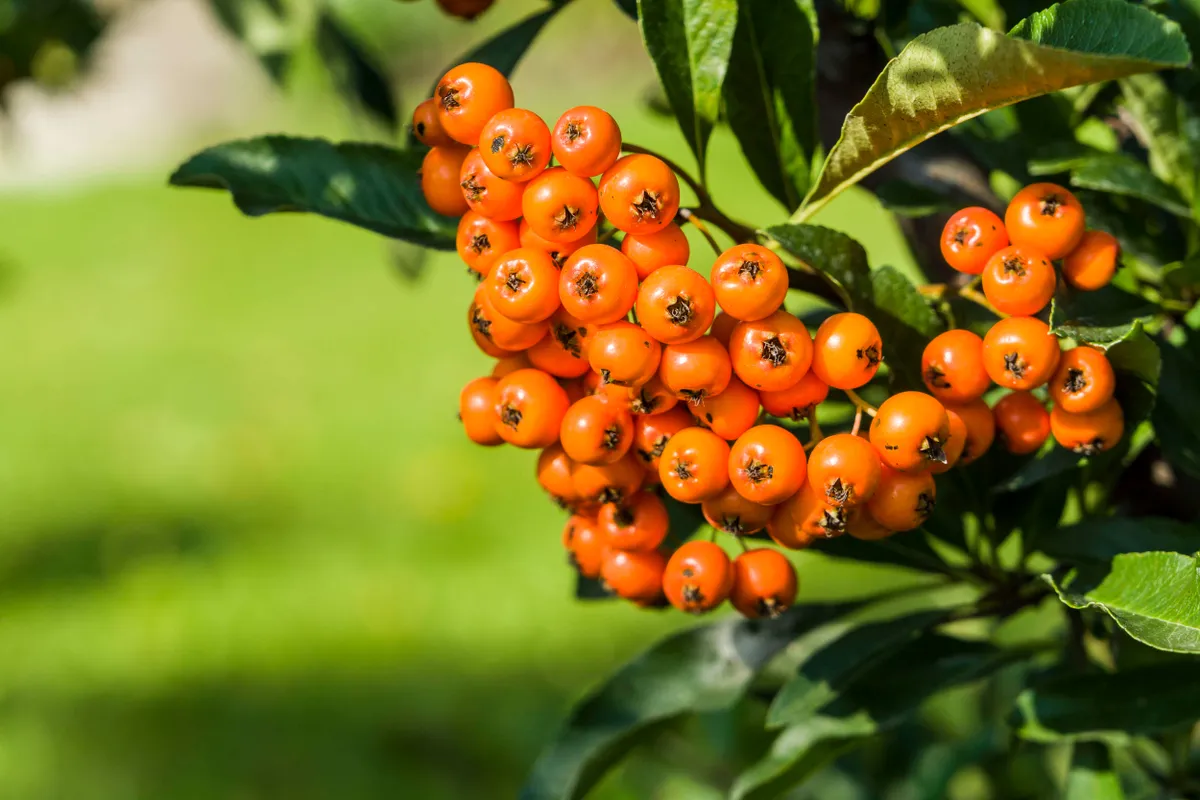
A prickly shrub with narrow, silver-green leaves that are tolerant of wind and salt spray. Its orange berries are delicious but very tart. Only females produce berries and tend to fruit only after six years for your hedgerow. Three plants per metre, 33cm apart, 3.5m. RHS H7, usda 3a-8b.
Prunus insititia
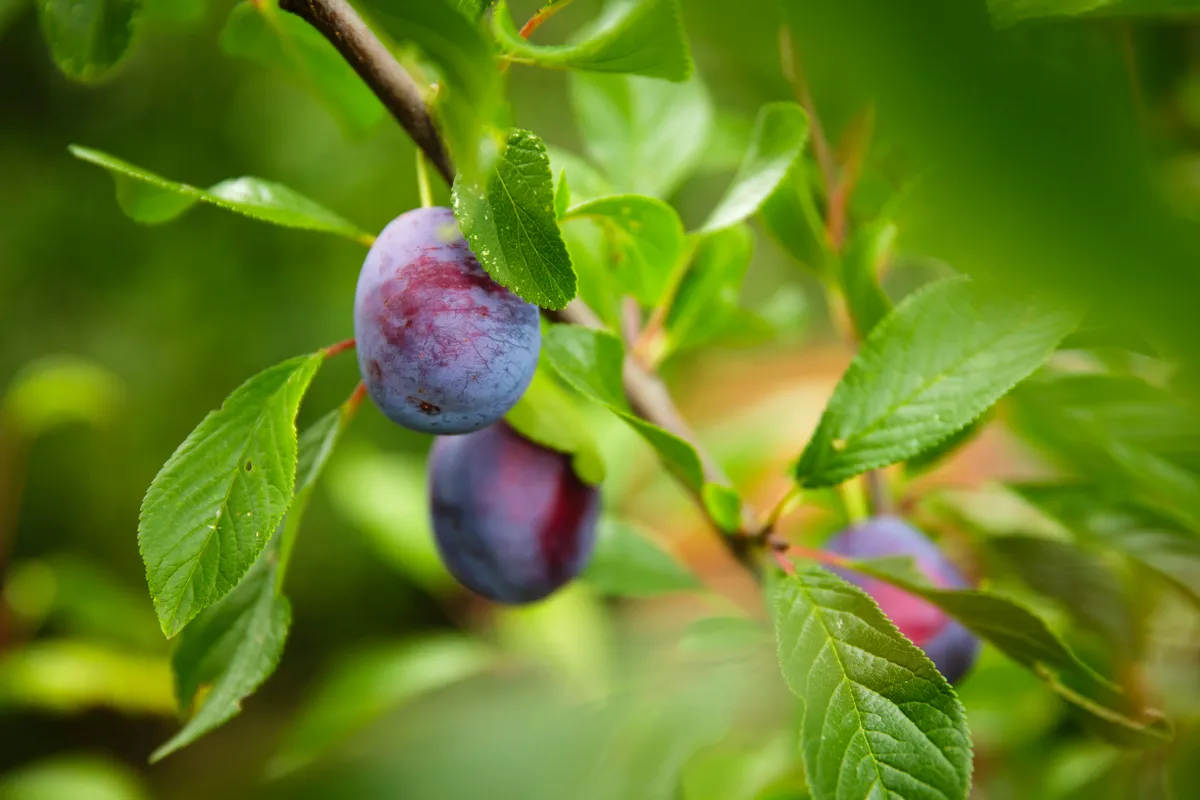
This wild plum or damson has sharp spurs and a dense habit that means it can be grown as a large hedgerow subject or as a standalone tree. The sweetest fruit comes from a sunny position. Three plants per metre, 33cm apart. 3-4m. RHS H6.
Rosa canina
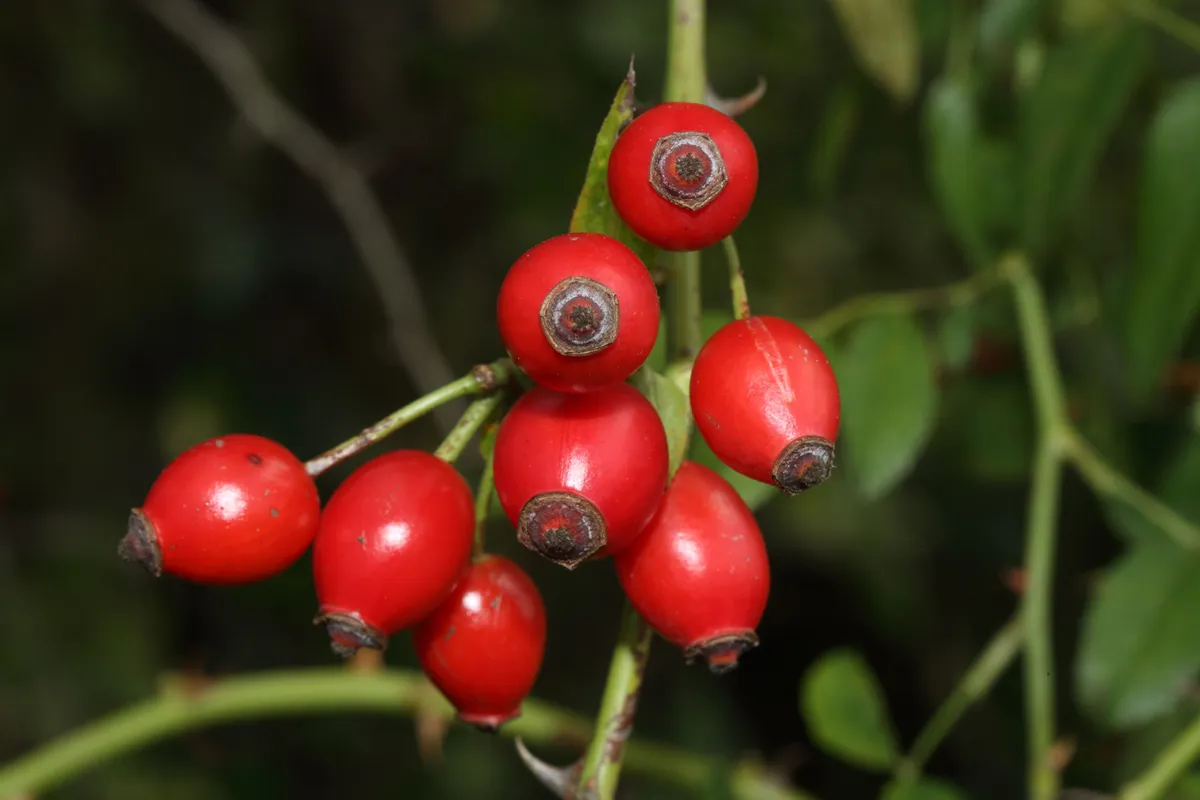
The dog rose makes a wonderful informal hedgerow. Let it romantically wind its way through the hedge and pick the hips for vitamin C-rich syrups or a pretty embellishment on an autumn wreath. Five plants per metre, 33cm apart. Rosa rugosa is another good choice, and is suitable for a windy or seaside location. 1.5m. RHS H7.
Sambucus nigra
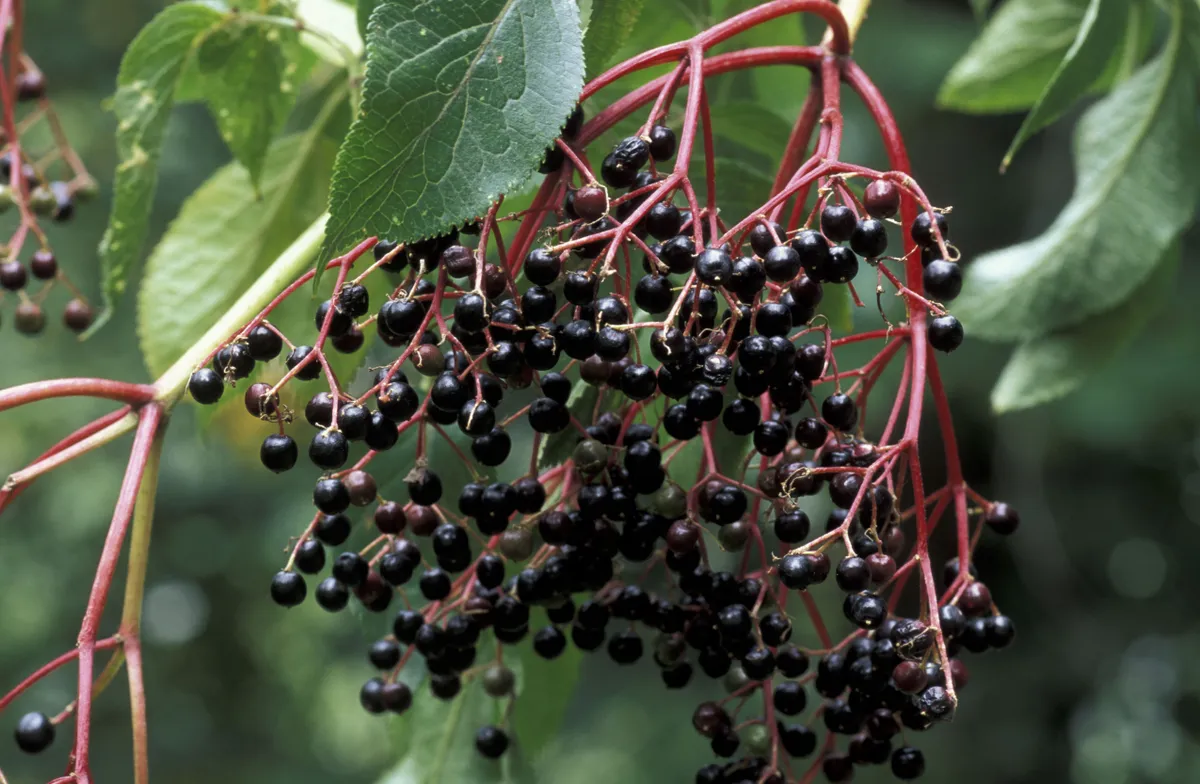
Common elder, is a wild thing and doesn’t like to be clipped, so best as an informal hedgerow or at the end of a mixed hedge where it can grow taller. Two to three per metre, 33-50cm apart. 2.5-6m. USDA 5a-8b.
Cydonia oblonga
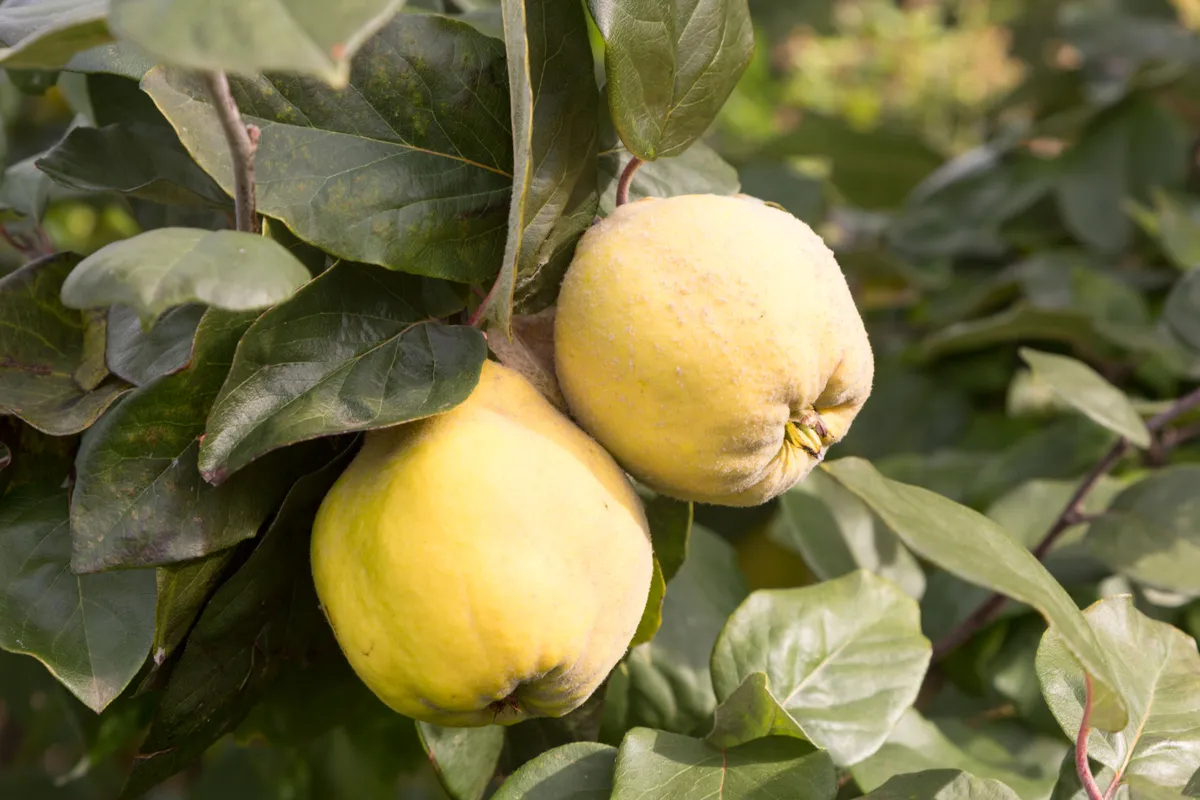
Quinces are truly the fruit of the gods with a divine scent to match their flavour. The large, pear-like, yellow fruits need cooking but they make an excellent jelly. The quince tree, must be grown as a tree within the hedgerow in a sheltered position. 2-4.5m. RHS H5, usda 5a-8b.
Rubus fruticosus
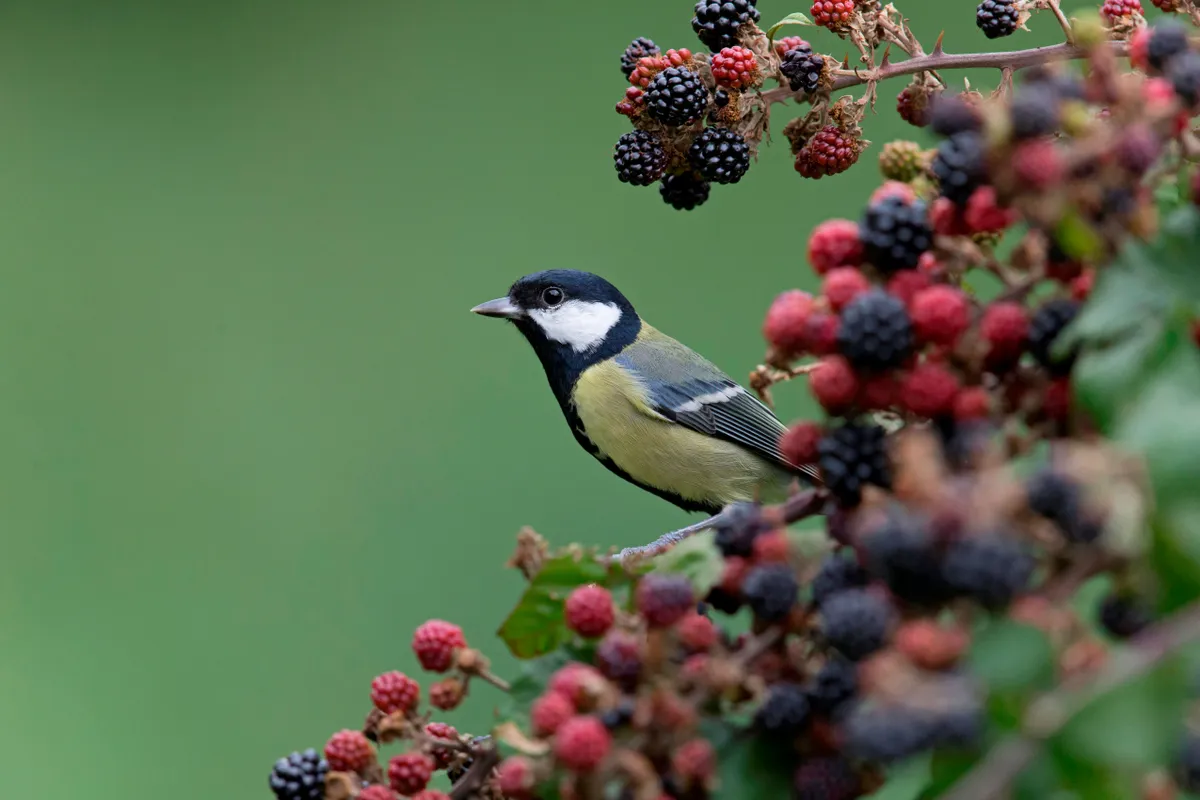
Blackberry or bramble can be used as a single-species hedgerow in a double row, with five plants per metre, 33cm between plants and 40cm between rows, or in a mixed hedgerow with one plant every 5m or so. 1.5m. RHS H6, usda 5a-8b.
Malus sylvestris
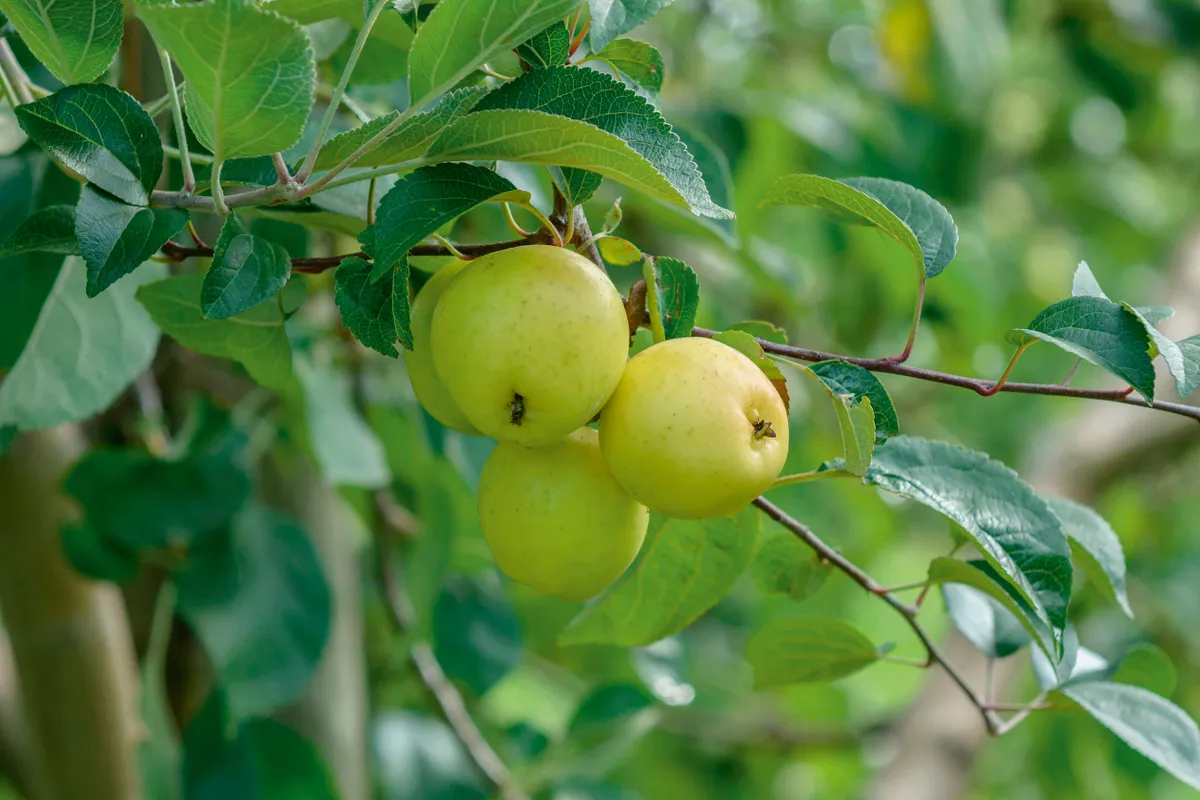
Our native crab apple forms a dense, bushy tree that happily conforms to a hedgerow. In spring it offers pink-white flowers, then in autumn hard, tart fruits that make a delicious jelly and are good for adding pectin to jams. Three plants per metre, 33cm apart. 5-10m. RHS H6.
Where to buy
• Ashridge Nurseries, Grove Cross Barn, Castle Cary, Somerset BA7 7NJ. Tel 01963 359444, ashridgetrees.co.uk
• Ashwood Nurseries, Ashwood Lower Lane, Kingswinford, West Midlands DY6 0AE. Tel 01384 401996, ashwoodnurseries.com
• Barcham Trees, Eye Hill Drove, Ely, Cambridgeshire CB7 5XF. Tel 01353 720950, barcham.co.uk
• Buckingham Nurseries and Garden Centre, Twingewick Road, Buckingham, MK18 4AE. Tel 01280 815491, hedging.co.uk
• Burncoose Nurseries, Gwennap, Redruth, Cornwall TR16 6BJ. Tel 01209 860316, burncoose.co.uk
• Hedges Direct, tel 01257 494009, hedgesdirect.co.uk
• Chew Valley Trees, Winford Road, Chew Magna, Bristol BS40 8HJ. Tel 01275 333752, chewvalleytrees.co.uk
• Majestic Trees, Chequers Meadow, Chequers Hill, Flamstead, nr St Albans, Hertfordshire AL3 8ET. Tel 01582 843881, majestictrees.co.uk
• Peter Beales Roses, London Road, Attleborough, Norwich, Norfolk NR17 1AY. Tel 01953 454707, classicroses.co.uk